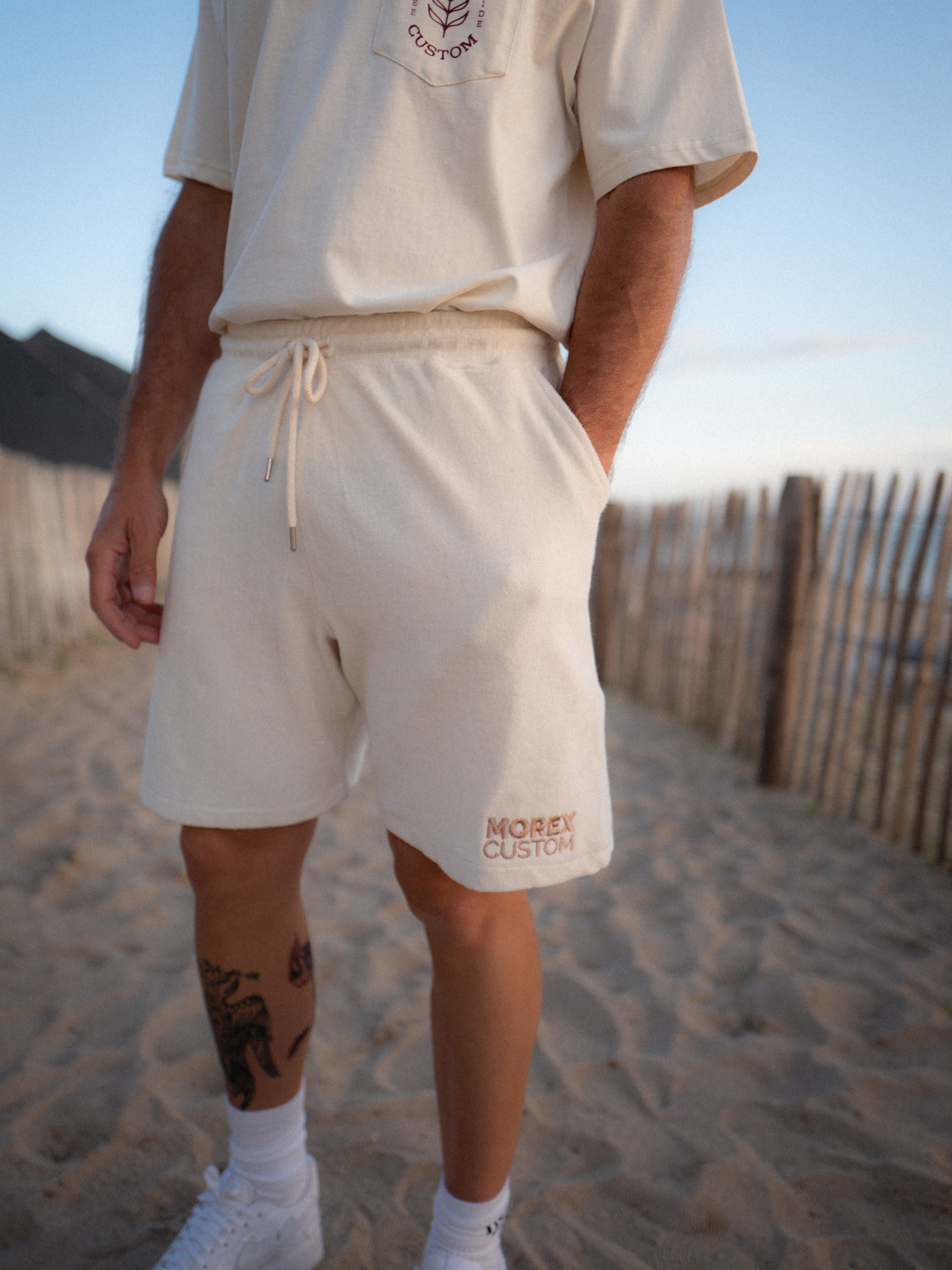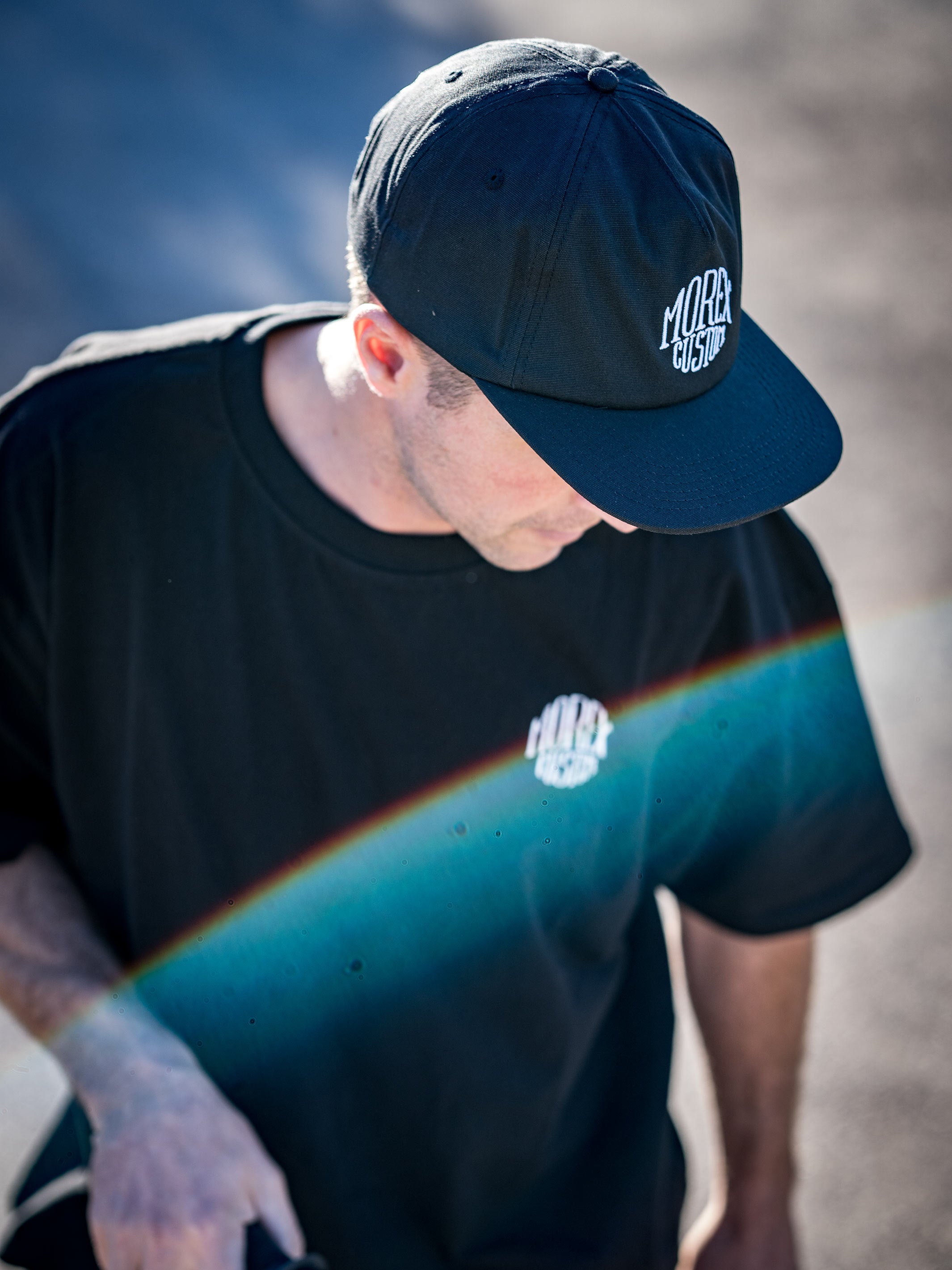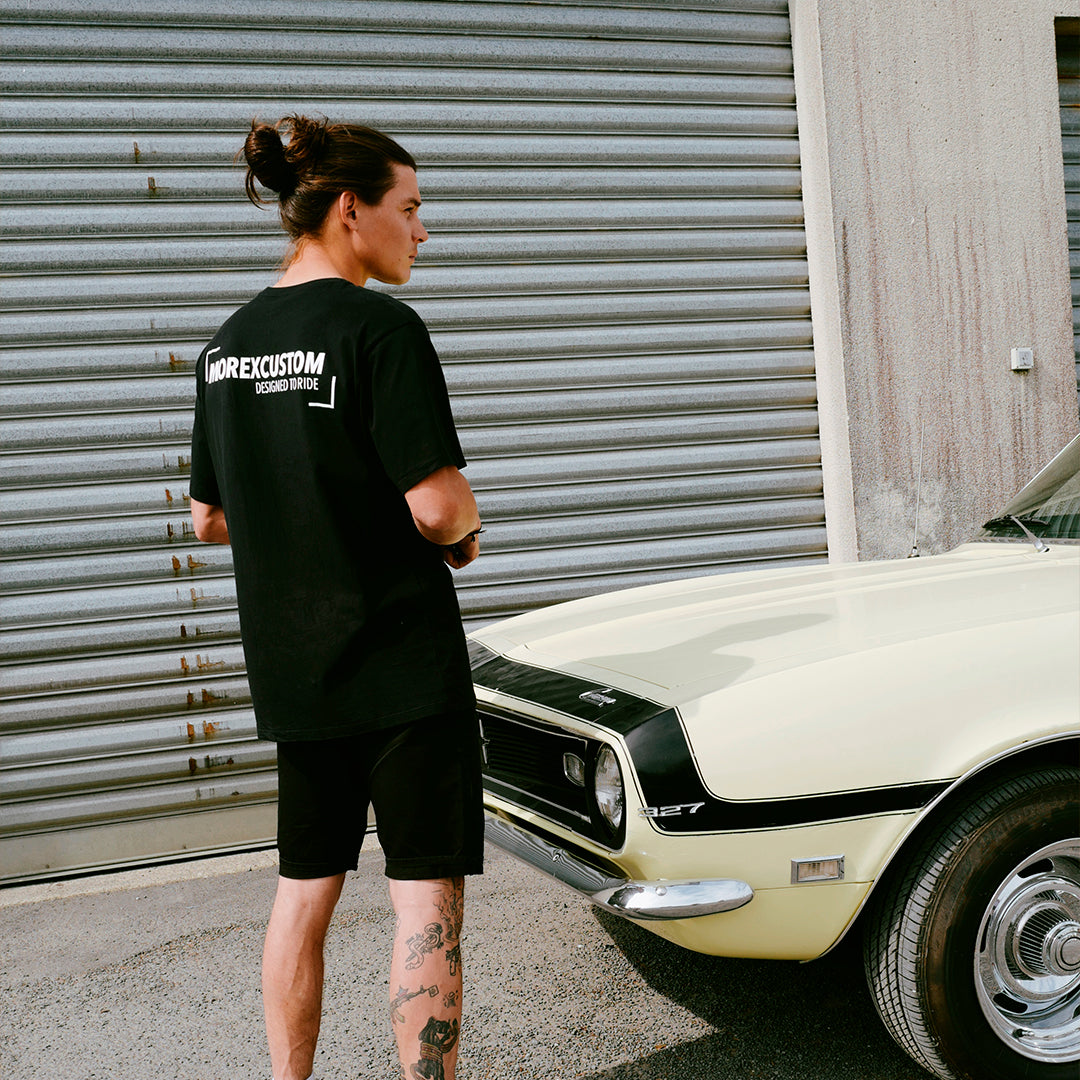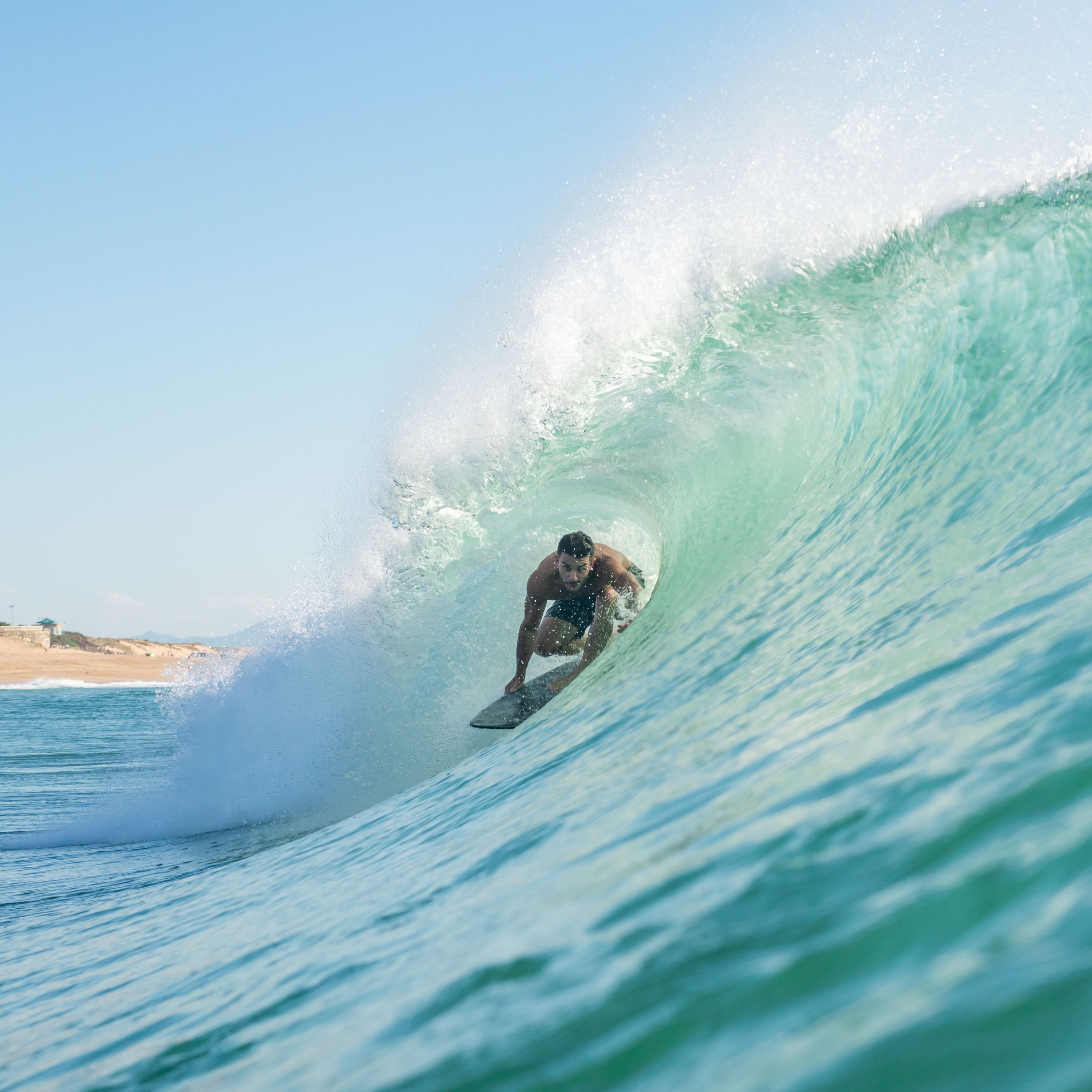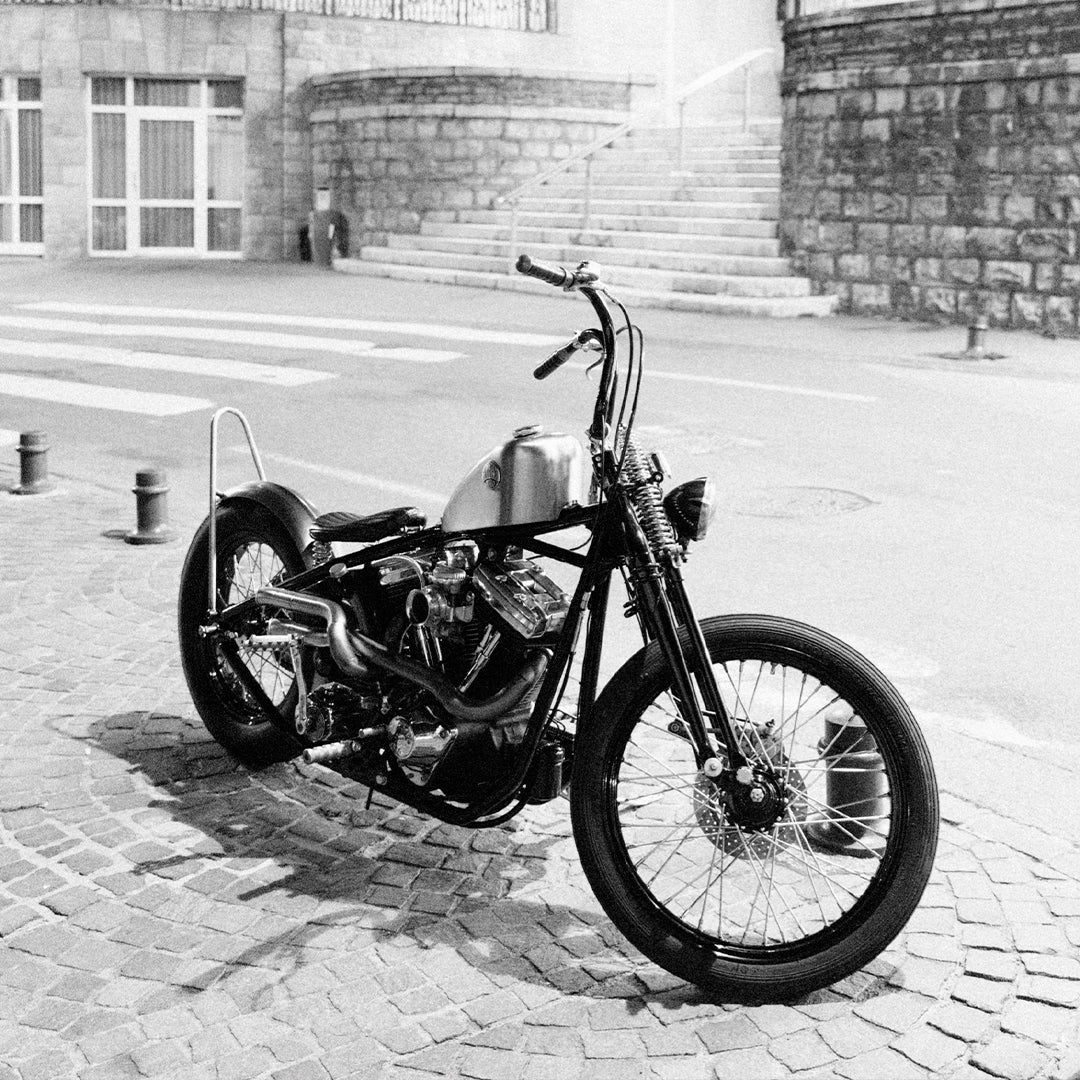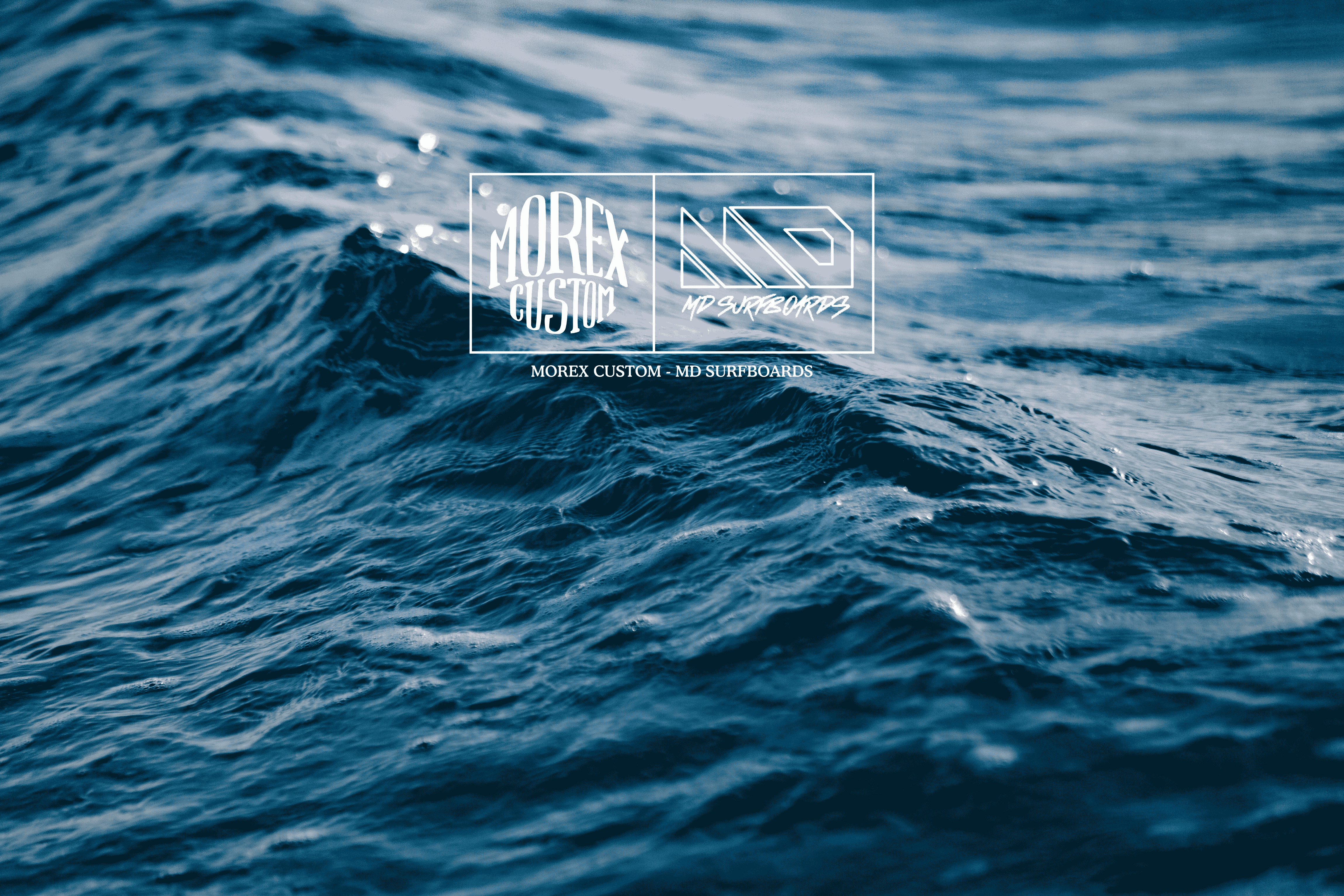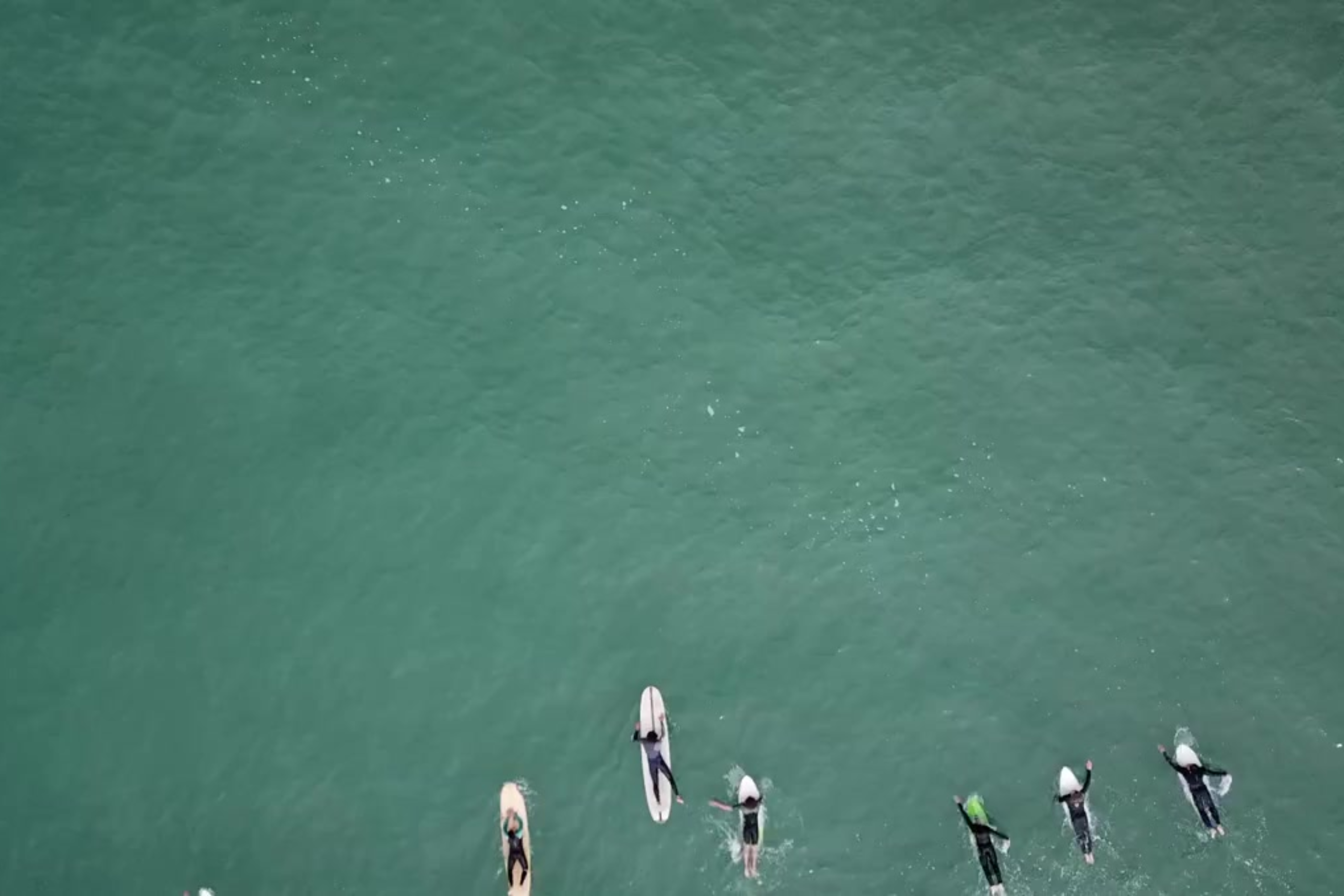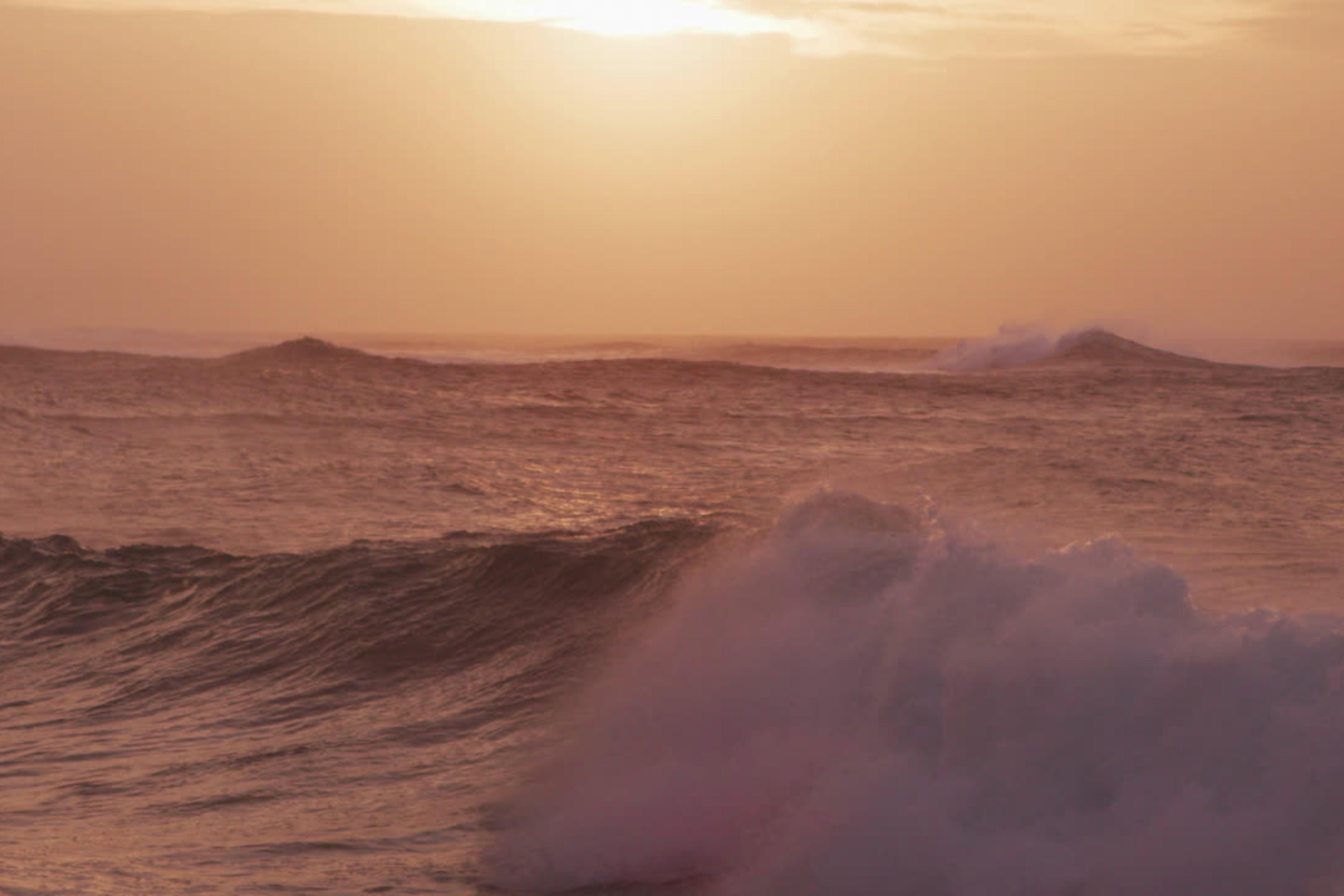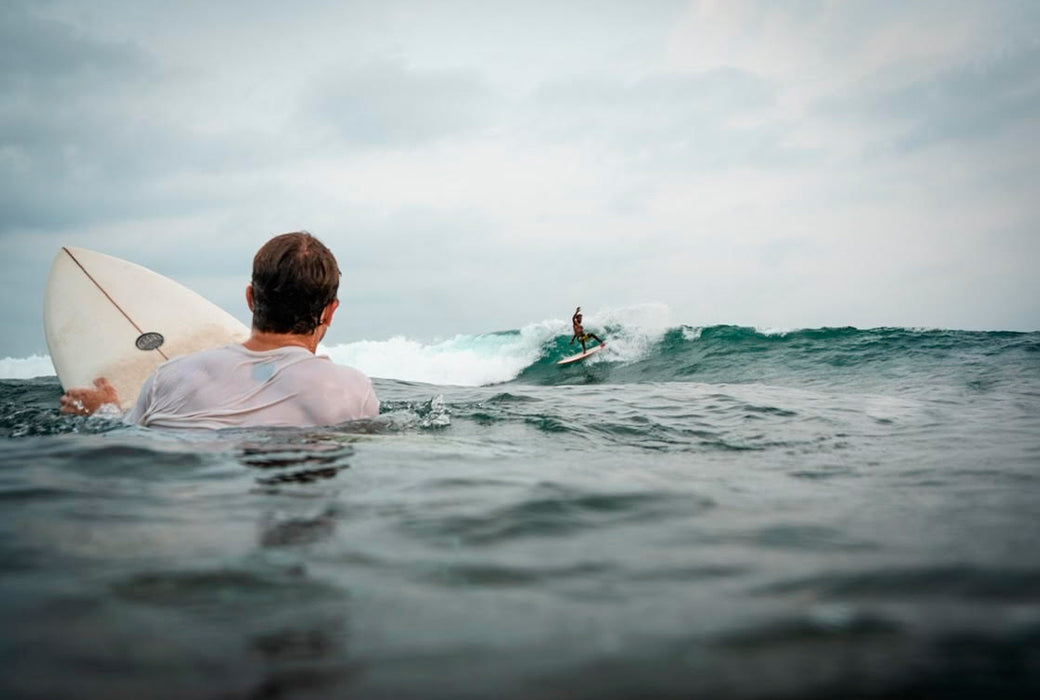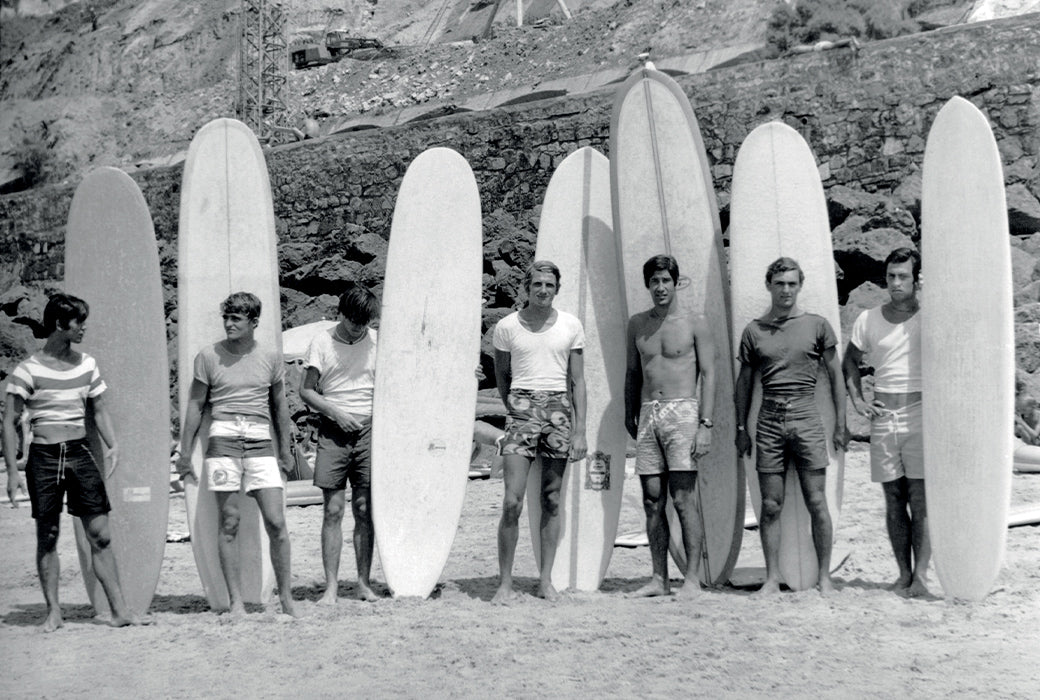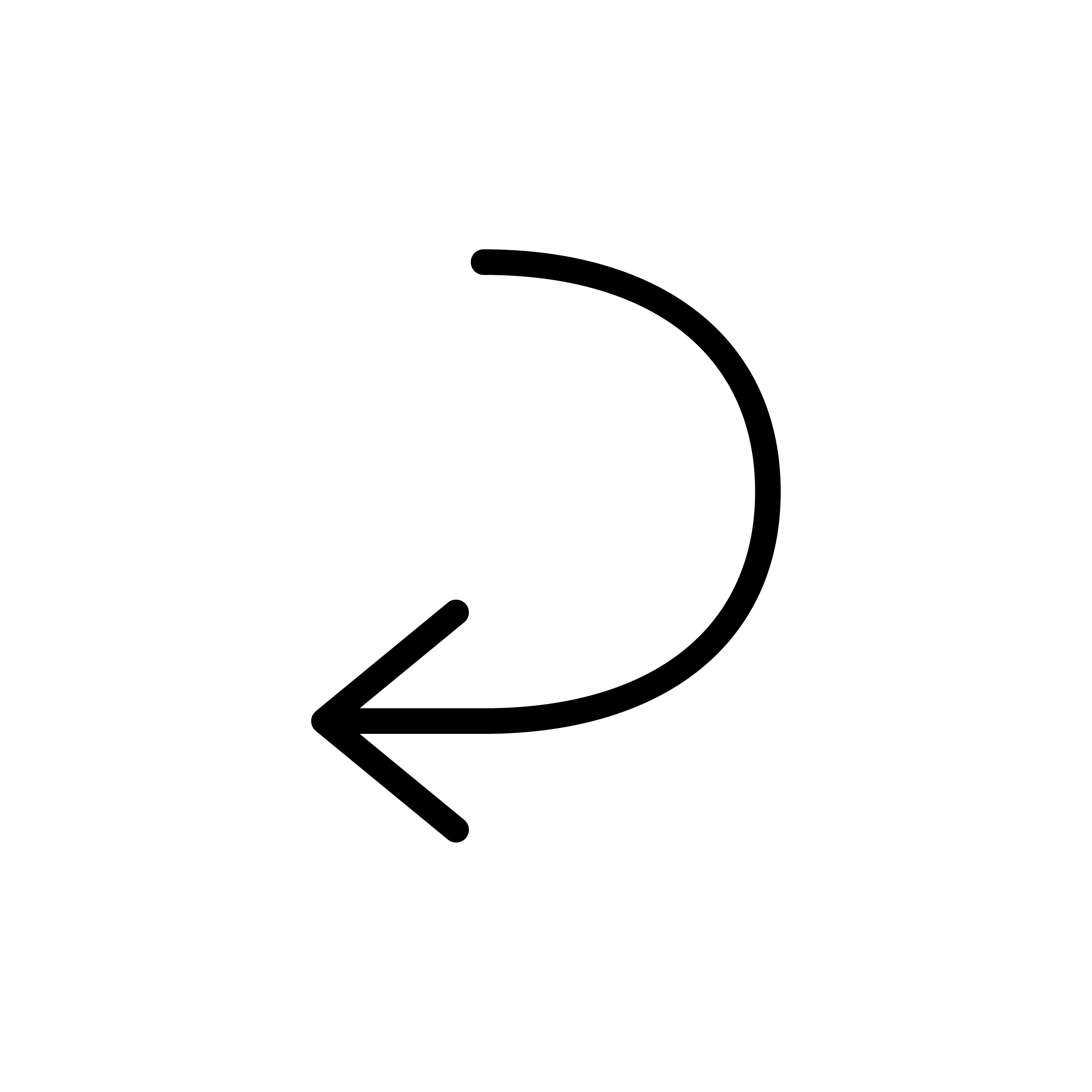Chez Morex, le surf est une passion qui anime chaque aspect de notre marque. Nous savons que chaque surfeur a des besoins spécifiques, que ce soit pour maîtriser les bases ou pour repousser les limites de leurs performances. C'est pourquoi nous explorons et mettons en lumière cinq principaux types de planches de surf, chacune avec ses caractéristiques uniques. Que vous soyez un débutant à la recherche de stabilité ou un expert en quête de vitesse et de maniabilité, découvrez comment chaque type de planche peut enrichir votre expérience de surf et s'adapter à votre style et aux vagues que vous affrontez.

Fish
- Matériau : Souvent en mousse avec un revêtement en fibre de verre
- Longueur : Généralement entre 5'0" et 6'2"
- Pour quel type de surfeur : Convient aux surfeurs de tous niveaux, en particulier dans des vagues molles à moyennes
- Type de vagues : Parfait pour les vagues plus petites et moins puissantes
- Figures : Excellente pour les virages serrés et le gain de vitesse
Shortboard
- Matériau : Généralement en mousse recouverte de fibre de verre ou de carbone
- Longueur : Environ 5'6" à 6'4"
- Pour quel type de surfeur : Convient aux surfeurs expérimentés à la recherche de performances et de manœuvrabilité
- Type de vagues : Idéal pour les vagues creuses et rapides
- Figures : Adapté pour les virages serrés, les tubes et les figures aériennes
Funboard
- Matériau : Habituellement en mousse ou en polyéthylène expansé (PE) avec une couche externe en fibre de verre
- Longueur : Environ 6'6" à 8'0"
- Pour quel type de surfeur : Idéal pour les surfeurs de tous niveaux cherchant une planche polyvalente
- Type de vagues : Convient à une large gamme de conditions de vagues, des petites aux moyennes
- Figures : Polyvalent pour une variété de manœuvres, y compris les virages, les cutbacks et les noserides
Gun
- Matériau : Habituellement en fibre de verre avec une construction renforcée.
- Longueur : Généralement entre 7'0" et 10'0"
- Pour quel type de surfeur : Réservé aux surfeurs expérimentés cherchant à affronter des vagues de grande taille
- Type de vagues : Conçu pour les très grosses vagues
- Figures : Principalement utilisé pour glisser en toute sécurité sur des vagues massives
Longboard
- Matériau : Traditionnellement en bois, mais aussi en mousse et en fibre de verre.
- Longueur : Généralement entre 8'0" et 10'0"
- Pour quel type de surfeur : Parfait pour les débutants et les surfeurs cherchant un style de surf classique et fluide
- Type de vagues : Excellente pour attraper des vagues plus petites et pour le noseriding dans des vagues plus longues et déroulantes
- Figures : Adapté pour les figures classiques comme le noseriding et le cross-stepping
Les différents types de tails
Il existe aussi différents types de tails, ou queues de planche, qui jouent un rôle crucial dans la performance et le style de surf. Chaque forme de tail offre des caractéristiques différentes, influençant la maniabilité, la stabilité et la réactivité de la planche dans diverses conditions de vagues.
Le Fish Tail

La queue de poisson, reconnaissable par sa forme évoquant la queue d'un poisson, est caractérisée par deux encoches profondes à l'extrémité de la planche. Cette conception unique offre une série d'avantages significatifs aux surfeurs. En favorisant une libération d'eau efficace, elle permet une maniabilité exceptionnelle, idéale pour naviguer sur des vagues plus petites et molles. Principalement utilisée sur les planches de type fish, la queue de poisson est particulièrement appréciée pour sa capacité à générer de la vitesse et à exécuter des virages serrés avec une aisance remarquable.
Le Swallow Tail

La swallow tail, avec ses deux encoches courbes à l'extrémité de la planche, crée une silhouette en V inversé distinctive. Cette conception particulière confère plusieurs avantages significatifs aux surfeurs. En offrant une meilleure adhérence sur la vague, elle permet des virages rapides et précis, ce qui la rend idéale pour une navigation agile dans des conditions de vagues plus rapides. Couramment utilisée sur les shortboards et les planches polyvalentes, la queue d'hirondelle est appréciée pour sa capacité à améliorer la maniabilité et la réactivité lors du surf dans des vagues de taille moyenne à grande.
Le Round Tail

La queue ronde présente une caractéristique distinctive avec son extrémité arrondie, offrant ainsi une surface plus large. Cette conception unique confère plusieurs avantages aux surfeurs dans des conditions de vagues plus grosses et plus puissantes. En favorisant la stabilité et la douceur de la conduite, elle permet des transitions en douceur entre les virages, offrant une expérience de surf plus fluide. Couramment utilisée sur les guns et les longboards, la queue ronde est particulièrement appréciée pour sa capacité à améliorer la maniabilité dans des conditions de vagues rapides et puissantes.
Le Pin Tail

La board pin tail se distingue par sa forme étroite et effilée vers l'extrémité de la planche, évoquant ainsi une pointe de flèche. Cette conception unique confère plusieurs avantages aux surfeurs, notamment une excellente adhérence et un contrôle sur la vague. Favorisant la conduite en ligne droite et la stabilisation dans des vagues de grande taille et creuses, elle offre une performance supérieure dans des conditions extrêmes. Principalement utilisée sur les guns pour affronter des très grosses vagues, elle est particulièrement appréciée pour sa capacité à répondre aux exigences des surfeurs dans des conditions de surf extrêmes.
Le Squash Tail

Le squash tail se distingue par sa forme carrée ou légèrement arrondie à l'extrémité de la planche, rappelant ainsi la silhouette d'un squash. Cette conception unique offre une combinaison avantageuse de stabilité et de maniabilité, adaptée à une variété de conditions de vagues. En favorisant une transition fluide entre les virages, elle permet un surf fluide et réactif dans une large gamme de conditions. Couramment utilisée sur les shortboards, les funboards et les longboards, elle est appréciée pour sa polyvalence et sa capacité à répondre aux besoins des surfeurs dans différentes situations de surf.



